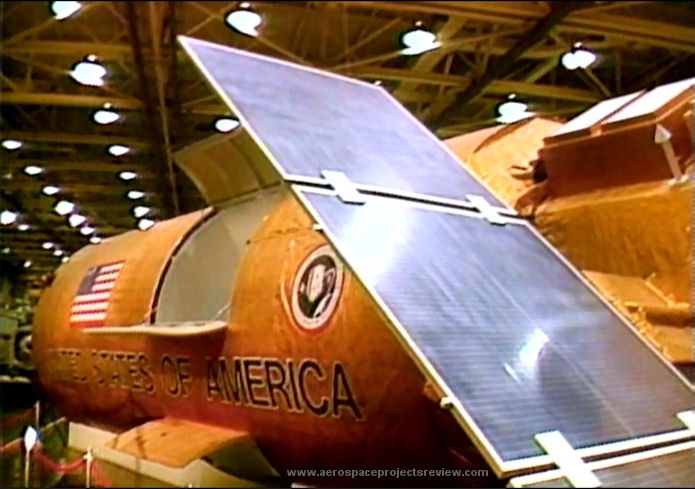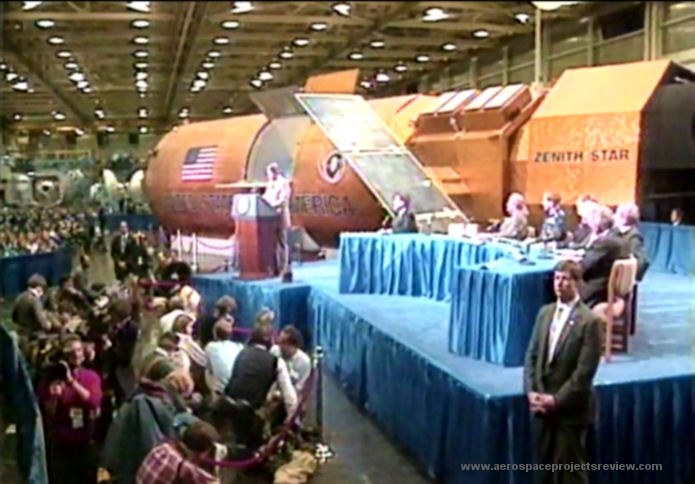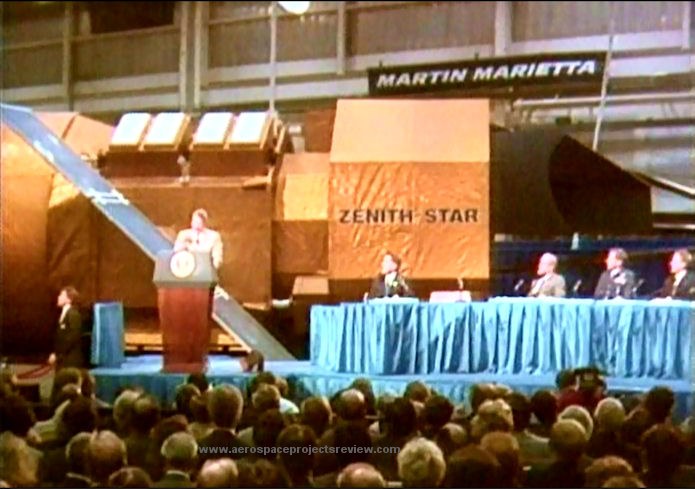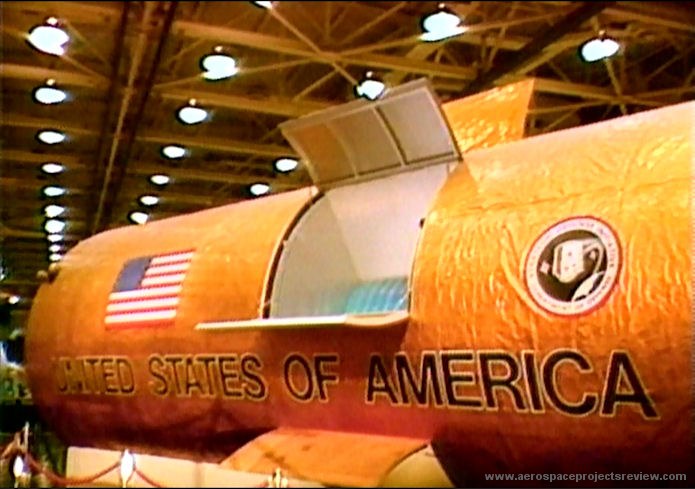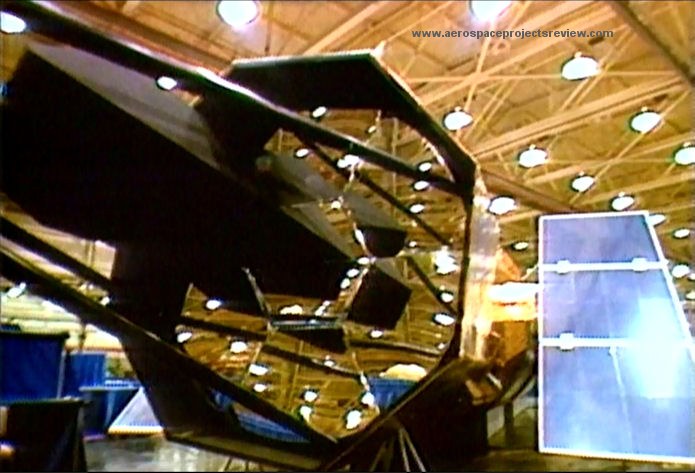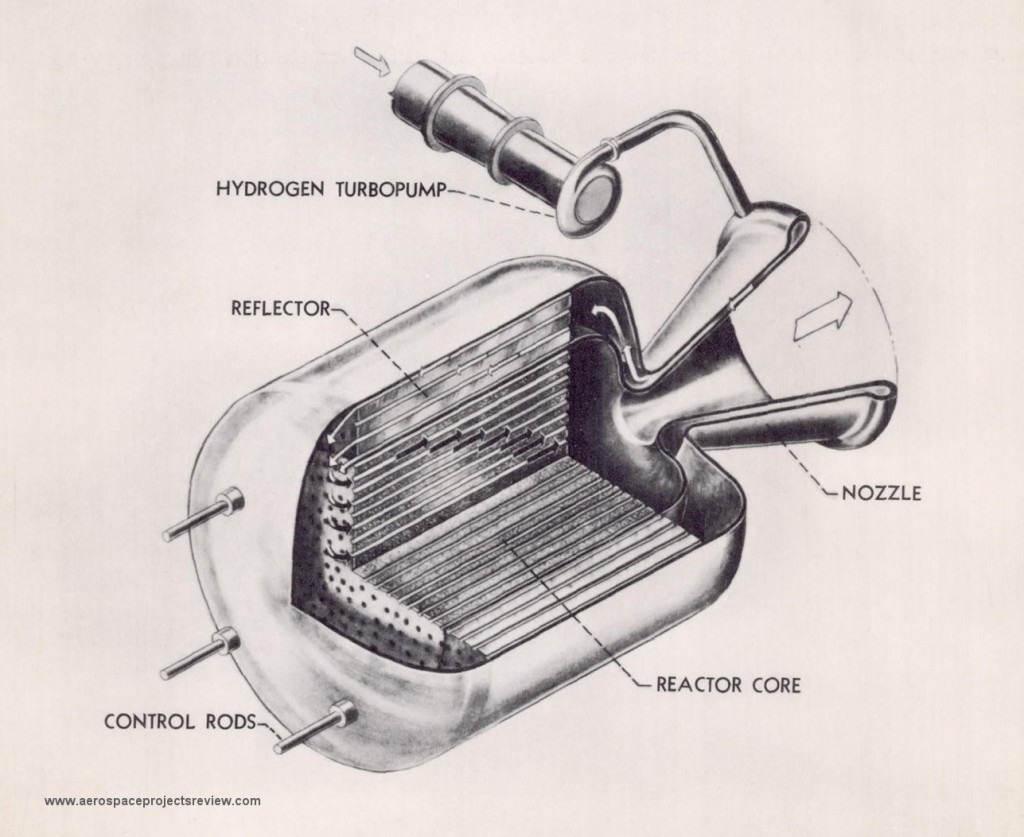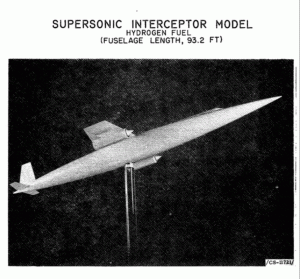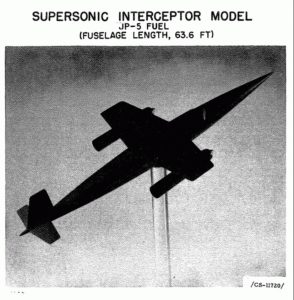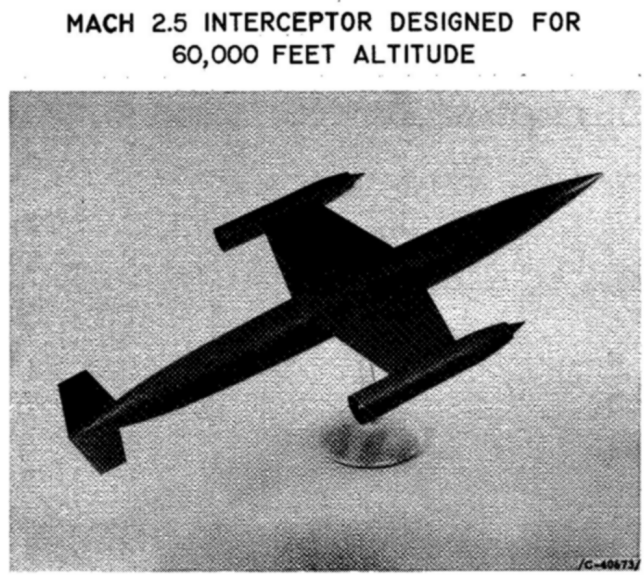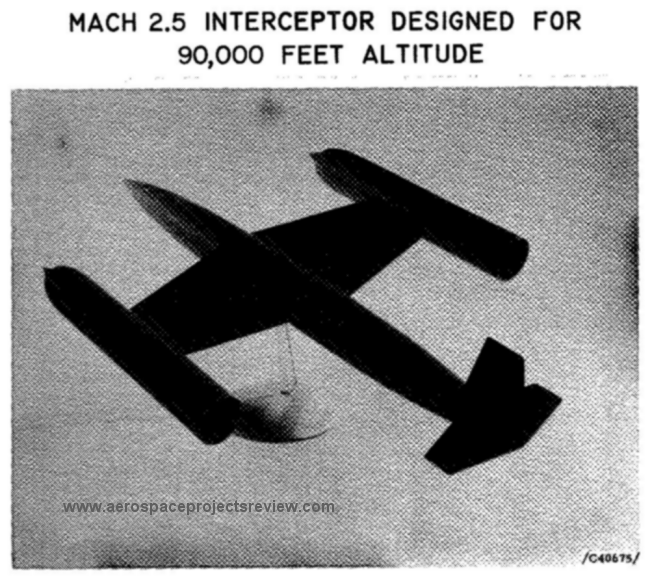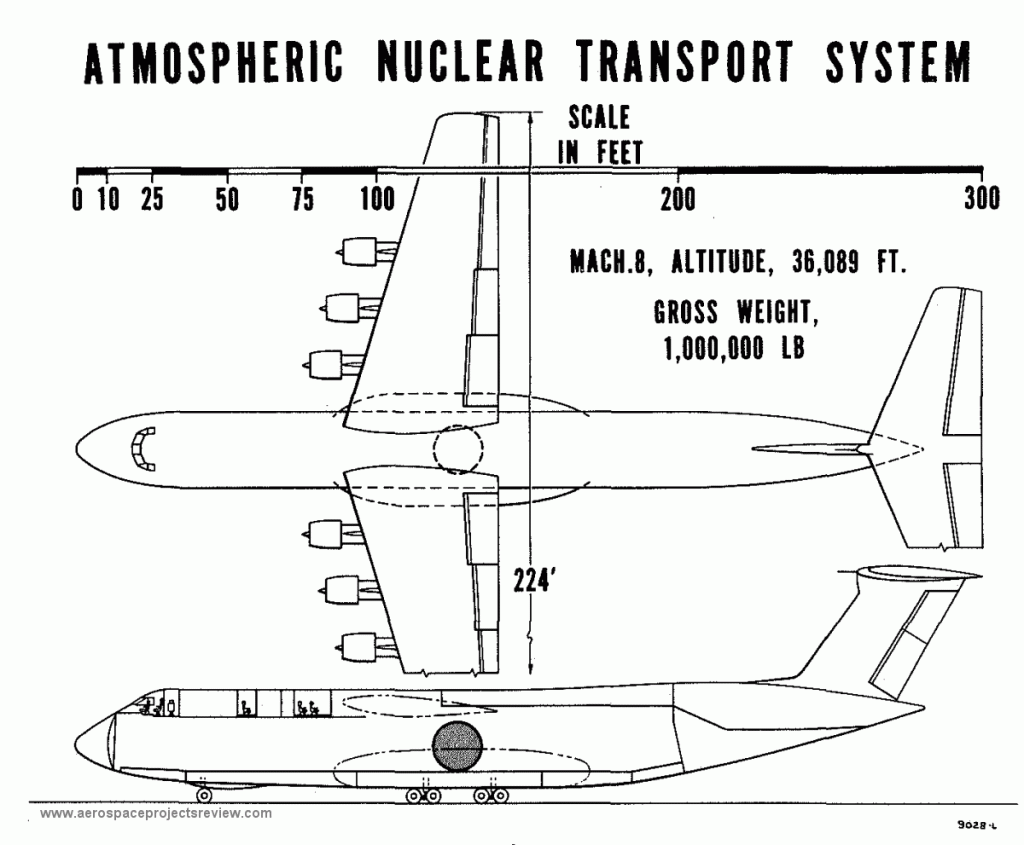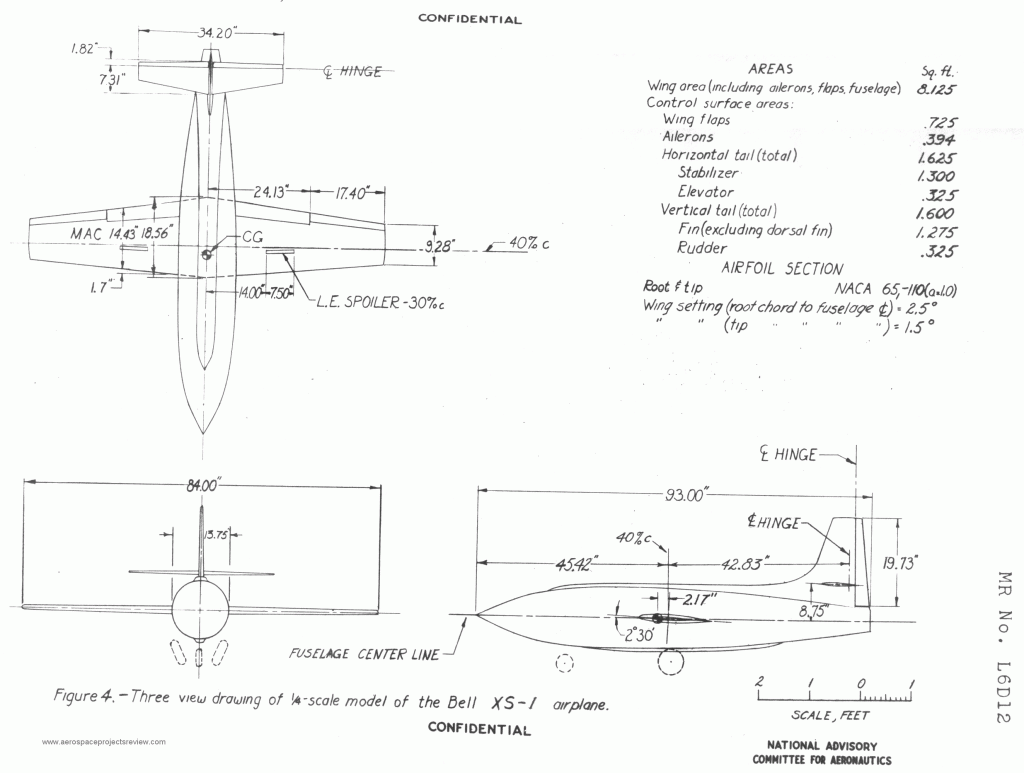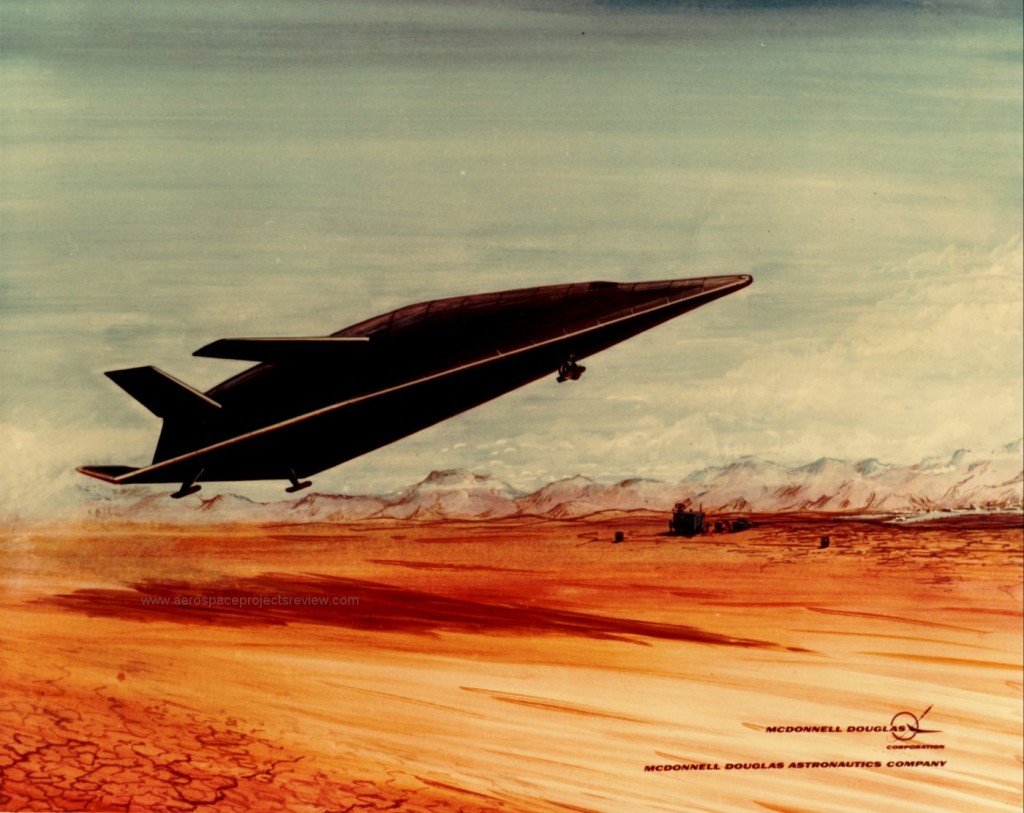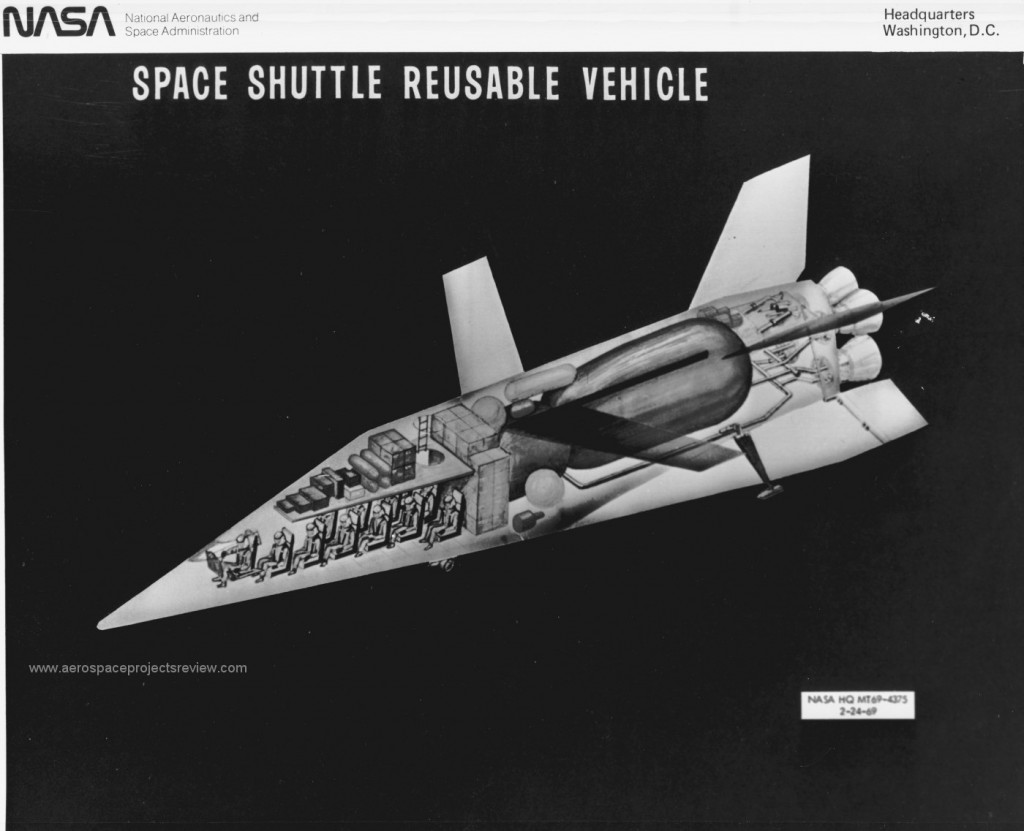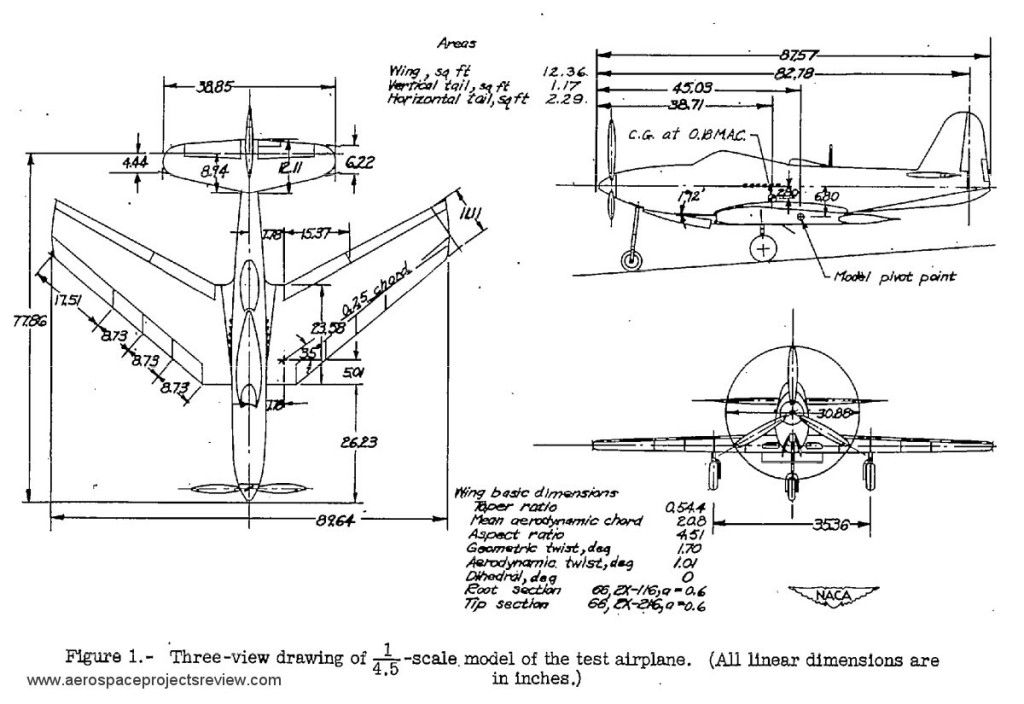The “Orphans in Space” DVD set contains a bunch of really rather odd old films about space, from the early part of the 20th century up to the 1980’s. The video of most interest to readers of this blog is a Martin-Marietta promotional video for the Zenith Star laser satellite, featuring snippets of a speech by President Reagan at the Martin Marietta facility (near Denver?) in front of a full-scale Zenith Star mockup.
The video was copied to DVD from a videotape, which is why the resolution is a bit low.
